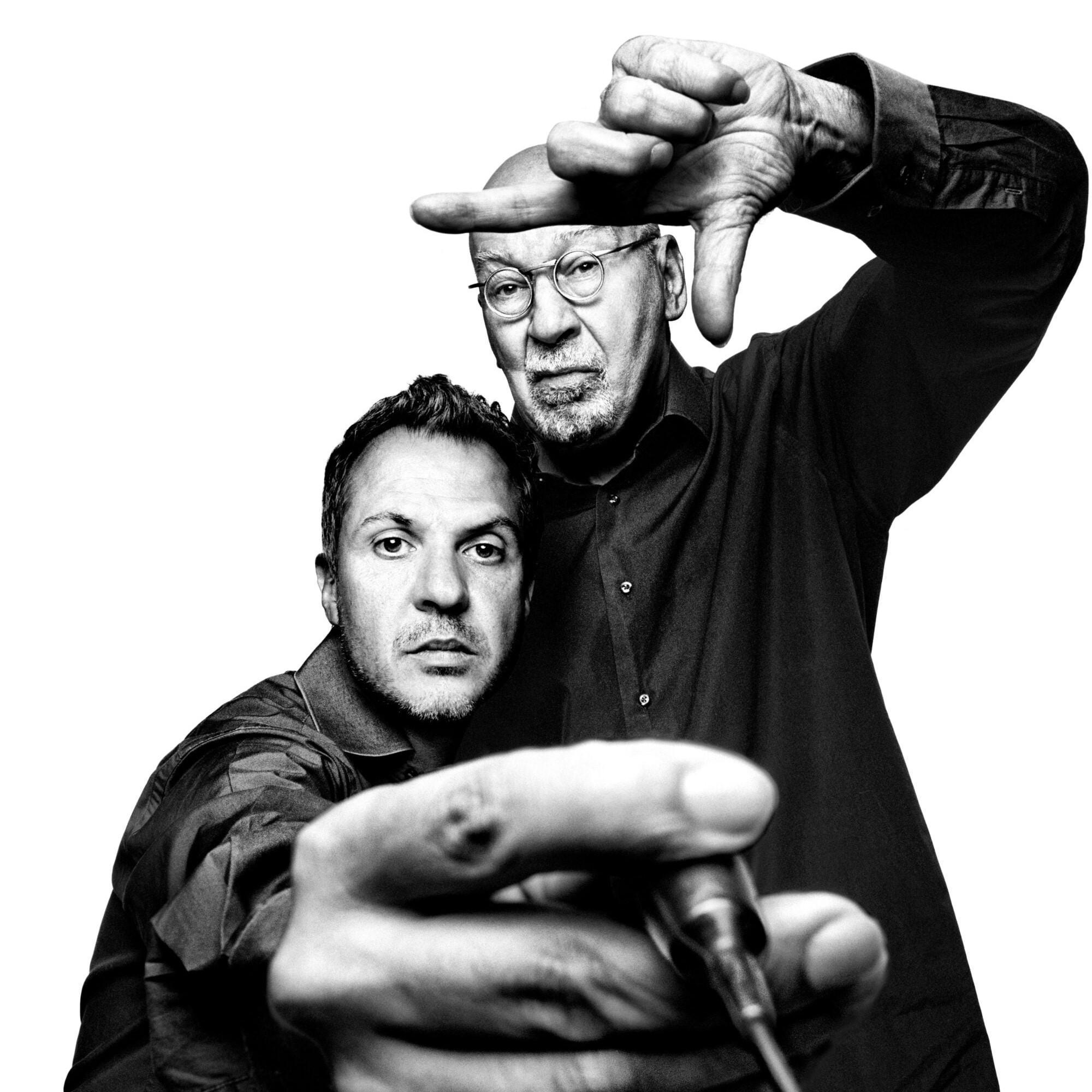Narelle Desmond: Non-Place Space
With answers up for grabs, the work of Narelle Desmond investigates how we live and make.
Words: Camilla Wagstaff
Photography: Benjamin Sheppard
Narelle Desmond’s first ever conceptual project saw her collaborate with Christo and Jeanne-Claude, Frank Auerbach, Sol LeWitt and Louise Bourgeois, among others. Stumbling on a list of personal addresses for high profile artists in the back of a library book in the mid-1990s, Desmond sent handwritten letters to 100 artists whose work resonated with her. Each envelope included an A4 sheet of paper with the artist’s name signed by Desmond. The directive was to add her name in their handwriting and send the sheet back.
“I was so poor at the time I couldn’t even afford to include a self-addressed envelope so the artists could send the page back to me,” says Desmond. “I sent off the stack of letters and a month went by. I checked the letterbox every day. The first one I got back was from Christo and Jeanne-Claude. I screamed when I got it. They had put a gold sticker on the front with their names printed. I felt like Charlie Bucket.”
Working across mediums, Desmond’s installations, sculptural and conceptual works investigate how we make things, and the ways these things are presented to and perceived.
Previous projects have involved smoking tables with painted cigarette legs, ladders fitted with Duchamp-designed windows and doors, blown up book jackets strewn across benches, and a life-size plastic bus shelter.
Desmond keeps an FBI-style map on her studio wall, which she uses to connect her many and varied themes and ideas spanning critical theory, popular culture, the design object and how things are sold to the masses. “I’m a fan of the work of [design theorist] Tony Fry. For Fry, productivity isn’t simply about making things, it is about understanding the world. Contemporary technology has led to a rapidly changing world where the digital and the natural have become indivisible. I like how art can be the strange place in between.”
She describes a long arc of time represented in the prompts on her map wall. “More recently, I’ve been thinking about longer time scales. Not just historical. I like the idea that all acts of the studio process are acts of future making. In the process of illustrating ideas, fabricating models, drafting plans, or prototyping solutions, you are shaping what does not yet exist. Andrew Blauvelt says this about design, but the same is true with art.”
For her coming show at FUTURES in Melbourne, Desmond is creating what she calls a “non-place space”. Introduced by French anthropologist Marc Augé, non-places are spaces of transience where we are rendered anonymous – think freeways, hotel rooms, department stores or airports. Desmond’s non-place takes the form of a waiting room, complete with incongruous features and signs that leave us asking what exactly we’re waiting for. “Though the answers are very much up for grabs,” says the artist. “As I have continued to make work, I am less interested in what I think the audience should take away. If I decide my work should engage in a particular way, it becomes prescriptive, and I find that type of art really boring.”
Desmond is a current Gertrude Studio artist, a lecturer in design at the Victorian College of the Arts and a co-founder of Conners Conners Gallery at the Fitzroy Town Hall. She’s also a founding member of artist group DAMP, which exhibited in the 2010 Asia Pacific Triennial at the Queensland Art Gallery, Brisbane. Desmond recently picked up commercial representation with The Renshaws in Brisbane, with a show slated for August 2023.
This article was originally published in Art Collector issue 104, April – June 2023.









